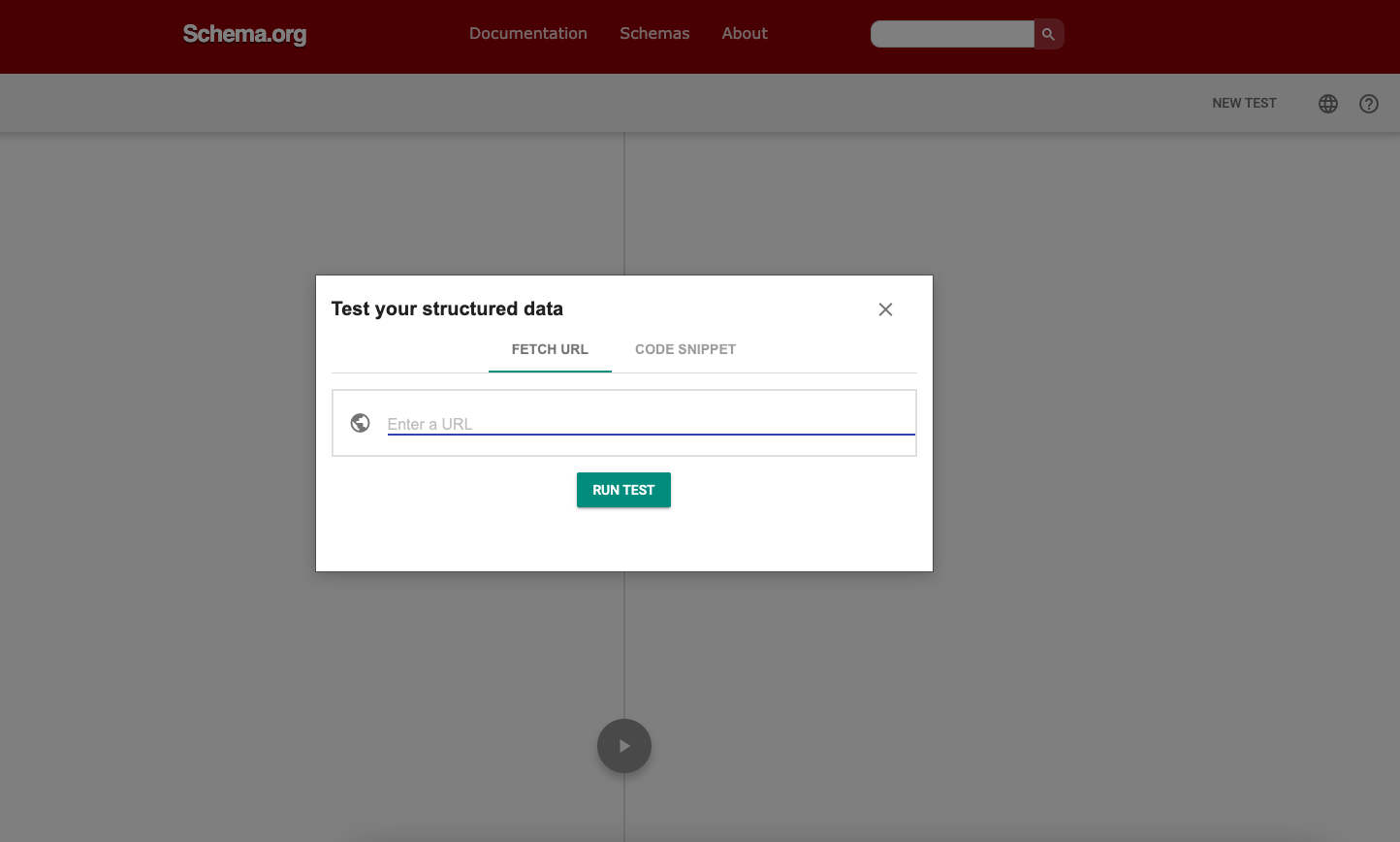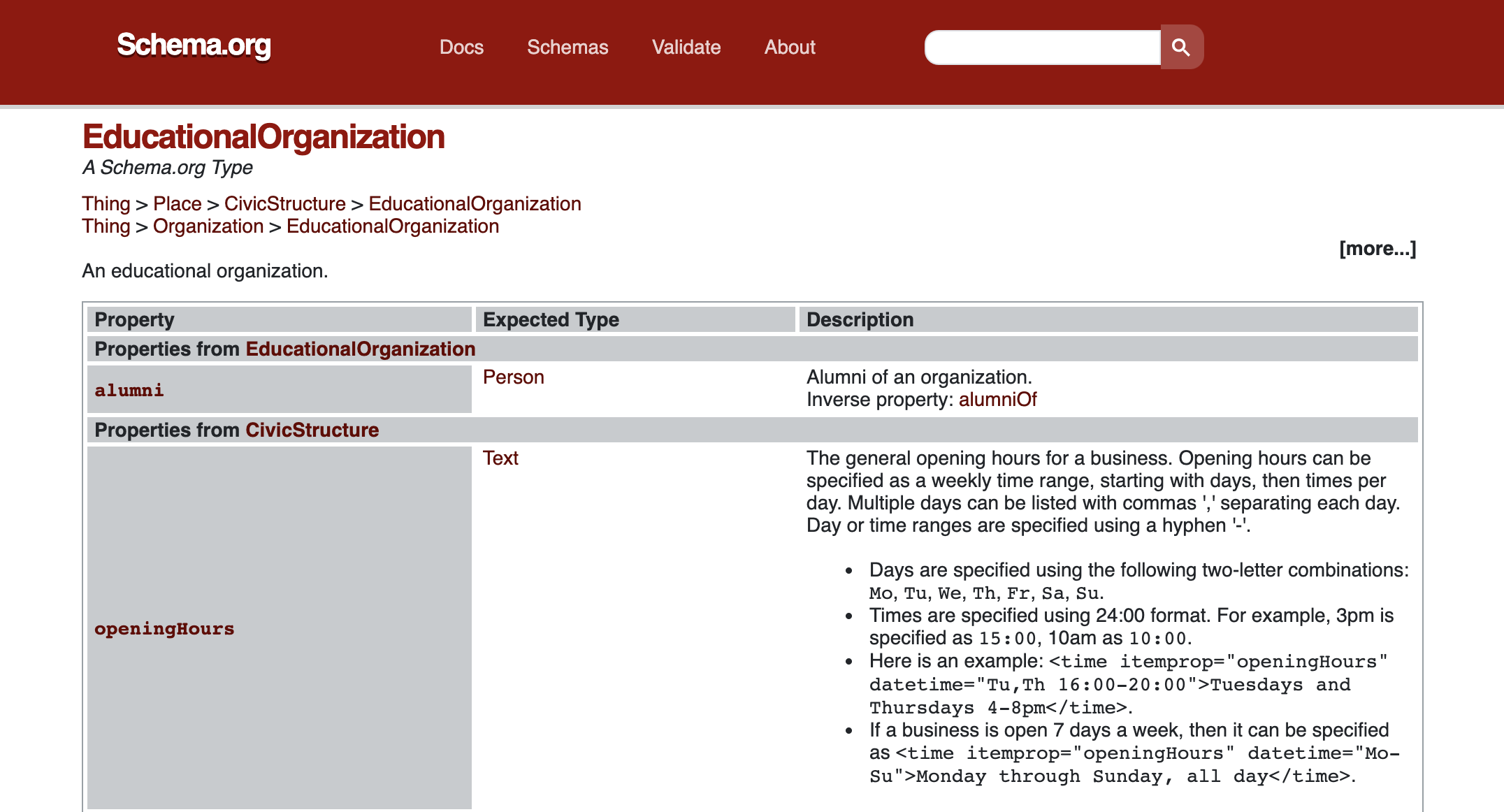The Power of Structured Data: How to Increase Your Brand’s Visibility in Google Search
Authored by: Richard Nosek & Greta Barbosa
SEO is about more than ranking highly. It’s about ensuring your brand stands out from the competition and captures your audience’s attention. After all, if you’re not seeing the clicks and traffic that lead to meaningful results, does it really matter if you rank in that coveted top position?
If you’re doing everything right but aren’t seeing the performance you expect, it’s time to reach for an under-utilized SEO tool: structured data.
When you intentionally structure your content in ways that speak the language of search engines, you increase your chances of appearing in featured and rich snippets, carousels, video/image results, and more. These visually appealing results are more likely to entice searchers to click through to your site and explore what your brand has to offer.
Here’s a look at what structured data is — and how you can quickly and effectively apply it to the back end of your website.
What Is Structured Data/Schema Markup?
Structured data is a framework for organizing your content in a way that speaks directly to Google’s search algorithm. And schema markup is a way of applying that framework to parts of your source code so Google can interpret what your content is about and match it to searchers’ intent.
The goal? To get your website to show up in the full gamut of Google search results — not just the standard list of results that are ranked in order of perceived relevance.
For example, featuring job postings or events is a popular approach to implementing enriched search.
The concept of structured data may sound complicated, but thankfully a good CMS like Drupal will do the technical heavy lifting for you. Drupal’s schema markup capabilities are built into the platform with a meta tag module, making implementation quick and easy. That means most marketers find they don’t need much, if any, support from their development team to make structured data a reality.

3 Steps to Harness the Power of Structured Data and Schema Markup on Your Website
1. Audit Your Site to See if You’re Already Using Structured Data
It’s possible that parts of your site are already making use of structured data capabilities, especially if you worked with a good developer to build your current solution. To that end, the first thing you should do is take a close look at whether any pages of your site are already functioning optimally.
You can do this by pasting your URL into sites such as validator.schema.org or Google’s rich results tester. These sites will show you if you're currently supporting rich results of any kind.
You may discover that you’re using structured data in a limited capacity, but it’s obvious there’s room to do more. Adding videos, images, and other rich data elements can be a quick way to maximize the impact you’re already making.

2. Understand Your Schema Markup Options and Start Applying Them in Key Areas of Your Site
Next, you’ll need to evaluate your structured data options in light of your organization and its business needs. Start by asking a few simple questions:
- What is your audience searching for?
- What do you want people to know about your organization?
- How can you elevate key details and pieces of information to draw searchers in?
Let’s say you’re a marketer at a college or university. Because you’ve looked at Google Search Console and tracked your audience’s search behavior, you know prospective students tend to search for information about academic programs, cost and financial aid, and post-graduation employment data.
Your primary marketing goal is to attract these students to your site and lead them through the decision funnel. Therefore, there’s no need to think about structuring data on your alumni relations page or your development office’s giving page right now. Instead, you should focus your initial efforts on key admissions and academic pages.

There are structured data options and schema markups for all sorts of organizations (e.g., restaurants, government agencies, NGOs, etc.) and for various information types (hours of operation, events, products, FAQs, etc). The sky’s the limit.
Of course, once you apply structured data to key parts of your site, be sure to measure the results. Google Search Console’s Enhancements report will show you when your structured data elements and schema markups trigger a rich search result.
3. Train Content Editors on Structured Data and Schema Markup Opportunities
Once you have a good idea of what types of structured data and schema markups work best for your organization, it’s time to equip your content editors to include these tried-and-true elements in the content they create moving forward. This can be as simple as providing a list of quick-and-easy structured data tips for content editors to consider.
You may need to reassure your content editors that you’re not asking them to fundamentally change the content itself. Nor are you requiring them to prioritize an algorithm over the human who will eventually consume that content. It’s as simple as this: When content editors keep the structured data framework in mind as they test content, they can improve search visibility and do a better job of reaching the audience they’re creating that content for.
Use Structured Data to Speak Google’s Language and Reach Your Audience
Structured data is an effective way to speak directly to Google’s algorithm and help it offer up search results in ways that resonate with your audience. For that reason alone, it should become a familiar tool in your digital marketing toolbox.
But the truth is Google’s algorithm is always changing and evolving. And soon we’ll start to see AI-generated search results pop up in our browsers, too. Using tools like structured data and schema markup now will put you in a better position to overcome any disruption that generative search will bring your way.
If your SEO strategy could benefit from a thoughtful approach to structured data, remember: there’s no need to figure it all out alone. We’d love to help. So if you have further questions, don’t hesitate to get in touch.







